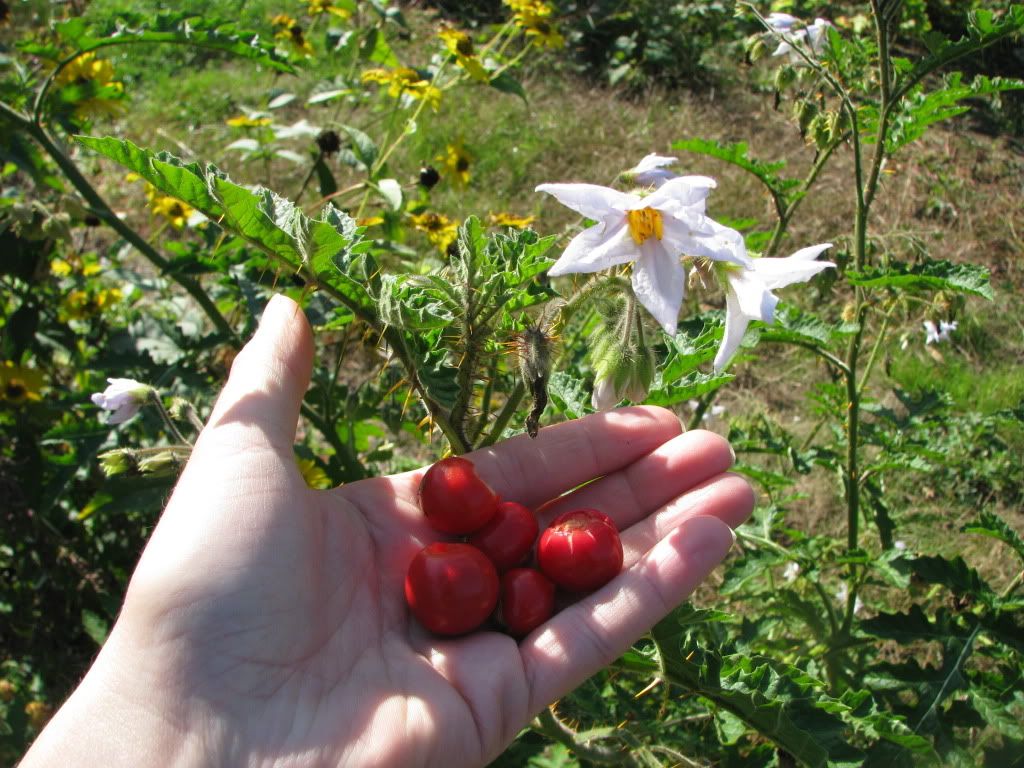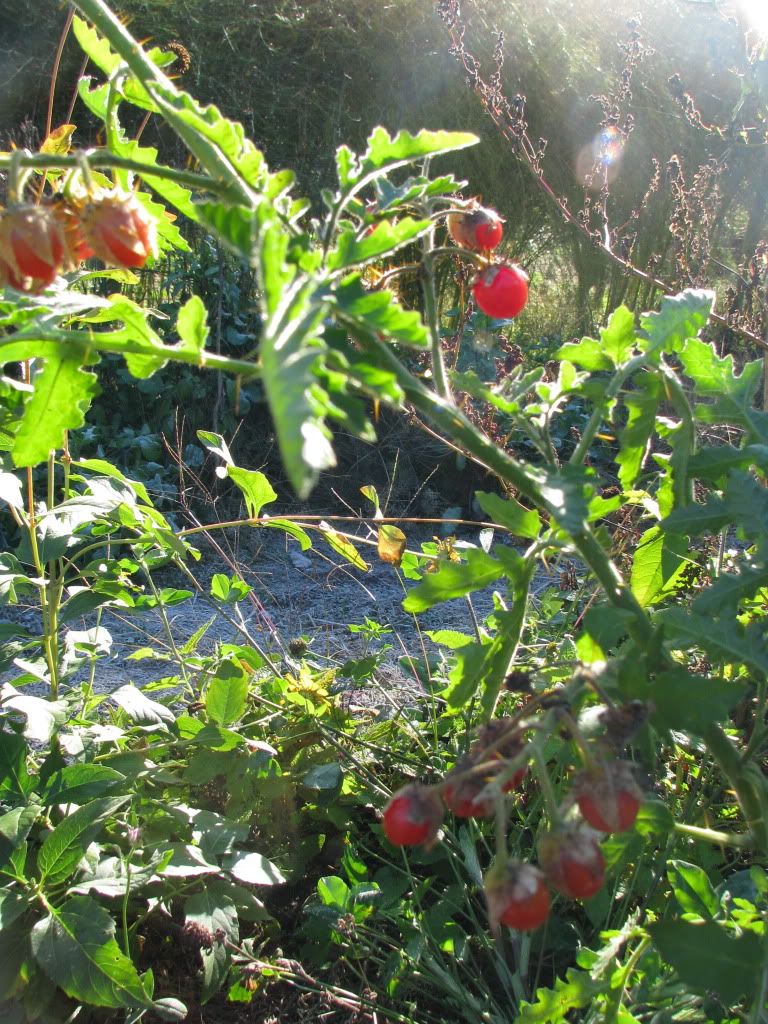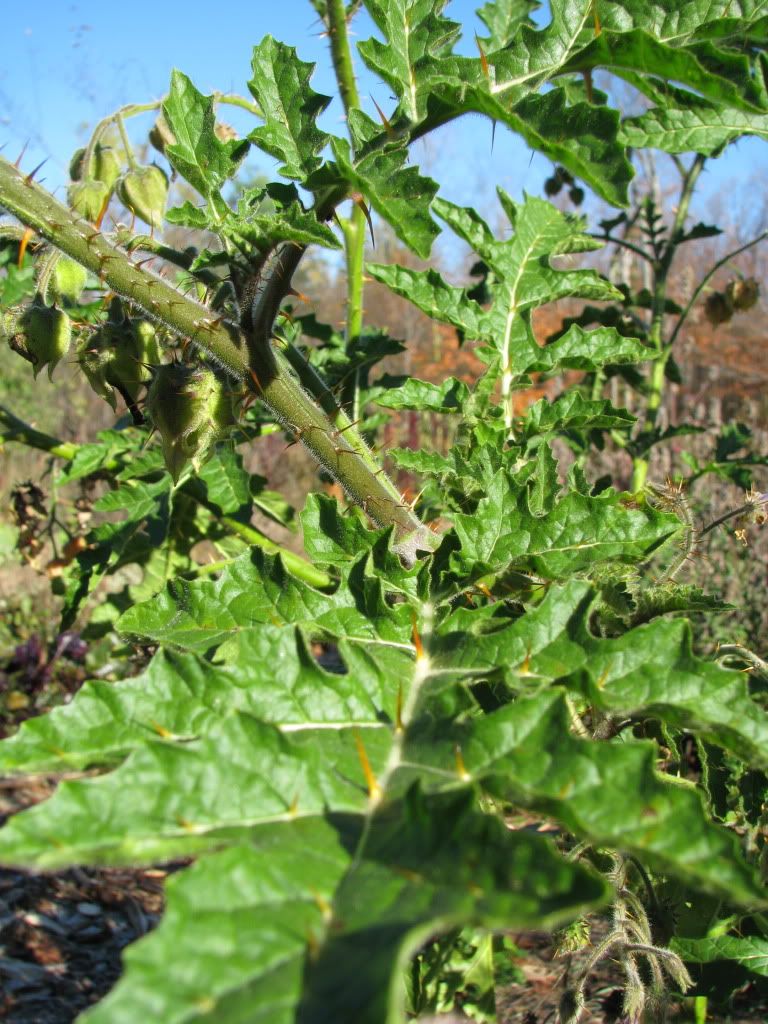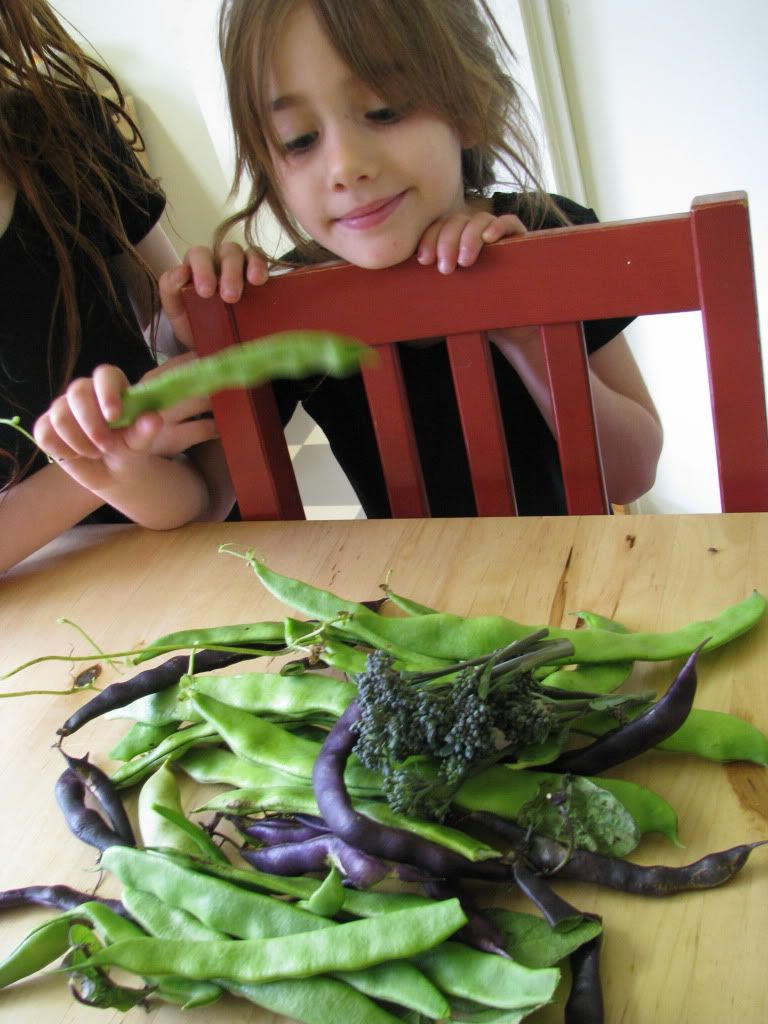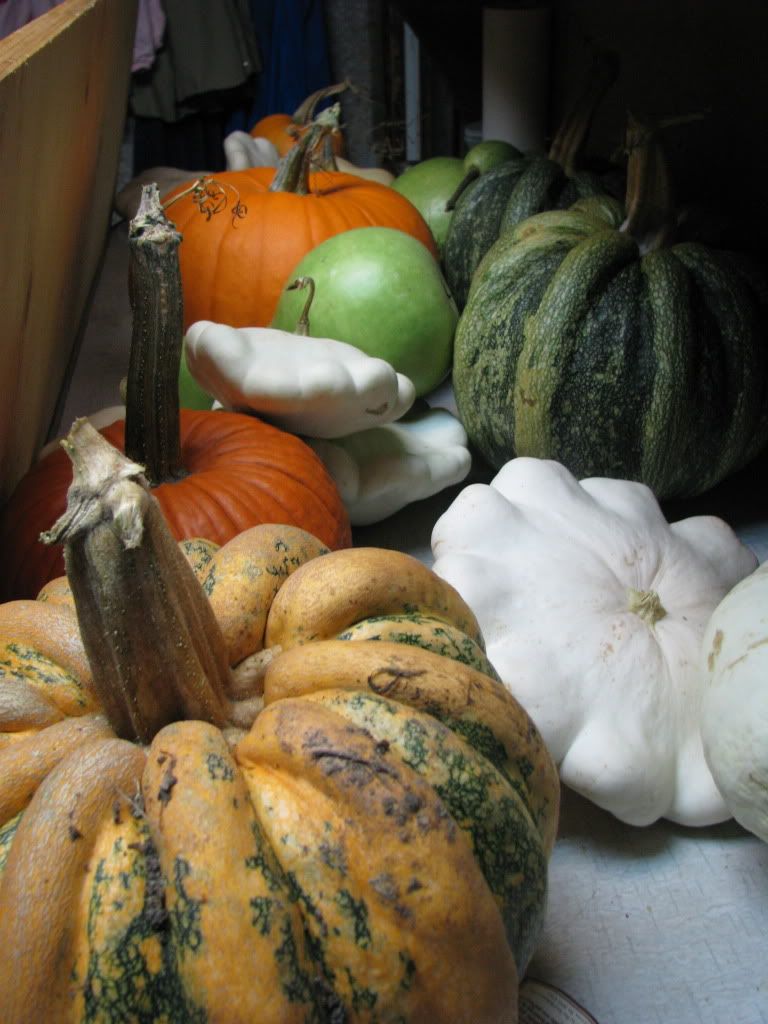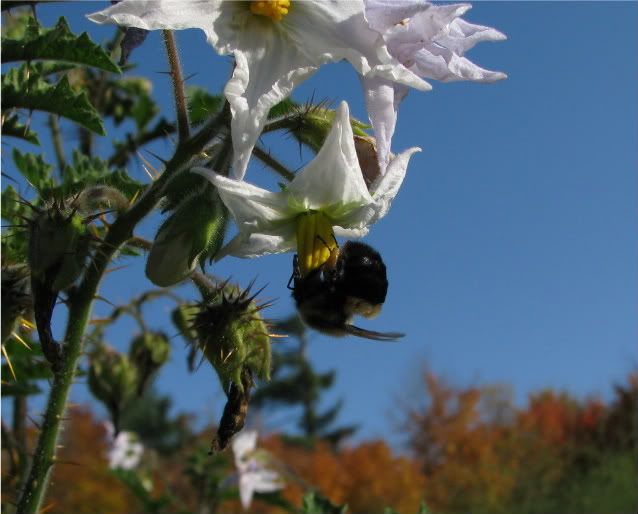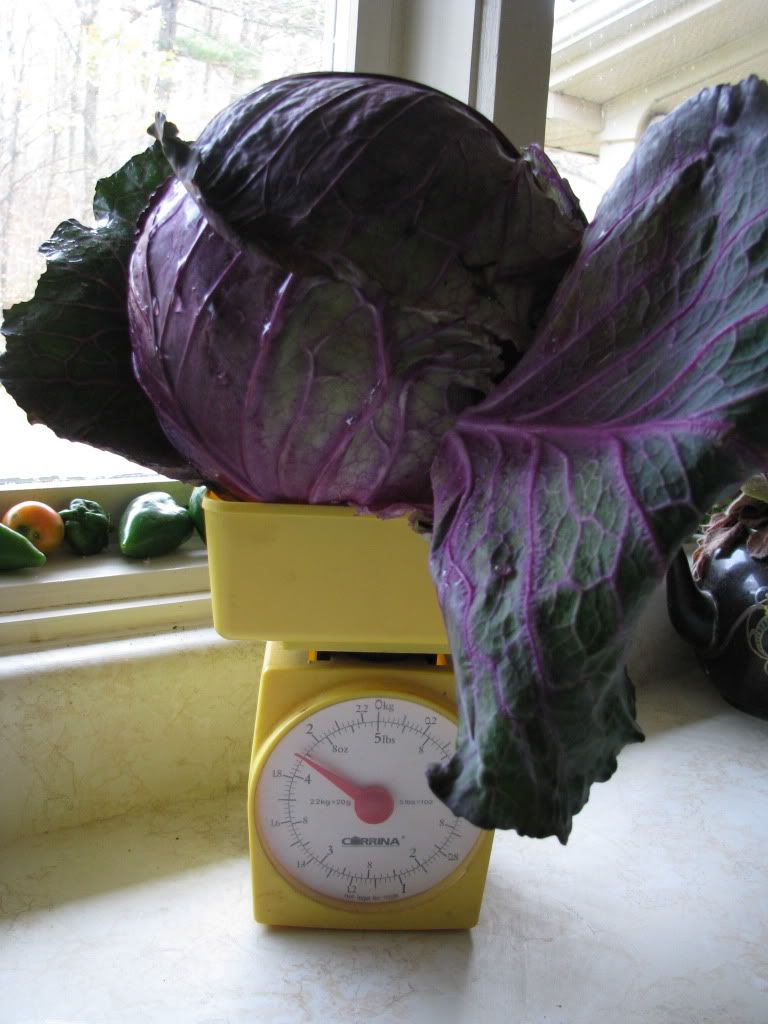
Cross between Savoy San Michele and Red Rock Mammoth, F1 weighing in at a respectable 4 lbs.
I'm going to admit it right now. I'm pretty chuffed about my cabbage babies. Okay, so they aren't really my babies but the children of a couple randy Brassica oleracea var. capitata and I can't even claim any fancy scientific sounding techniques to produce the cross. Perhaps it is most accurate to say that I was the match maker. The bees were enablers. However as the cabbage and bees have little to say on the matter, I'm going claim ownership such as one can (I'll happily explain how you can make the same cross below).
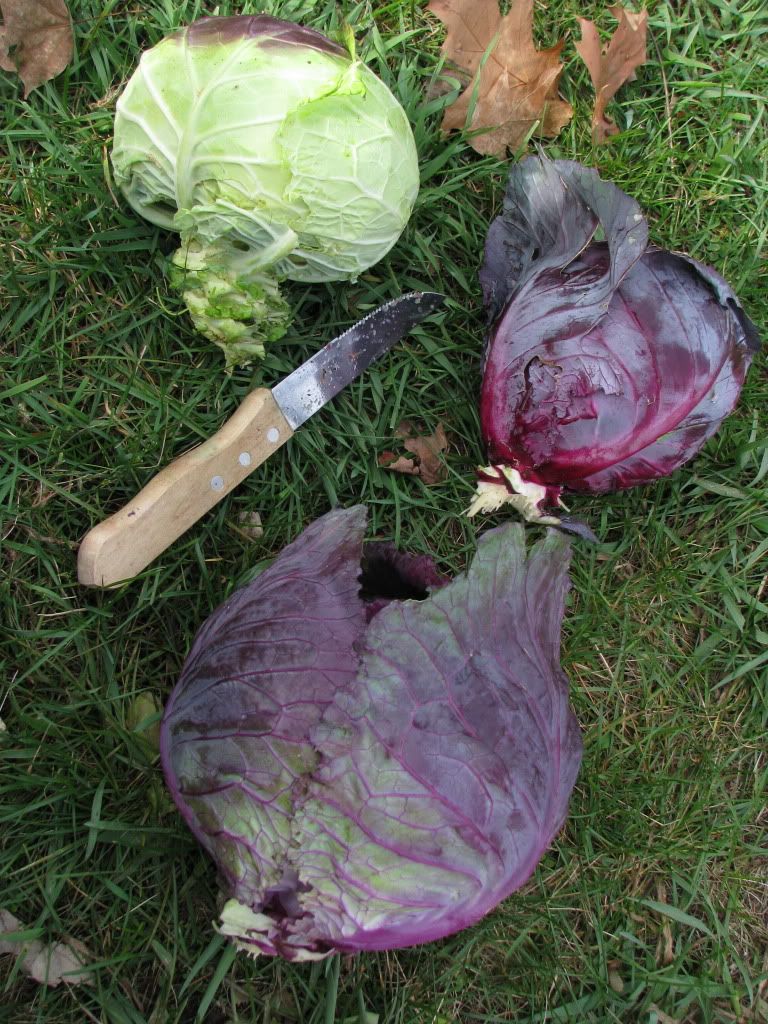
Clockwise: San Michele, Red Rock Mammoth and their spawn, with the eloquent name RRMxSM F1 at the bottom.
I hadn't realized that I should be all atwitter about this cross as I hadn't harvested any until Saturday. In fact, until Saturday, I wasn't entirely sure if I had succeeded on creating a cross. Sure, they looked intermediary between the two parents - a hard headed, delicious, pest resistant heritage red called Red Rock Mammoth and a beautiful blush savoy called San Michele. From the onset, the babies had lovely violet/green leaves which got progressively brighter and more purple as cold weather set in. They did appear to be slightly more savoyed than the Red Rock but it wasn't until I sliced off the heads that I saw the remarkable difference in the texture and colour of the leaves.
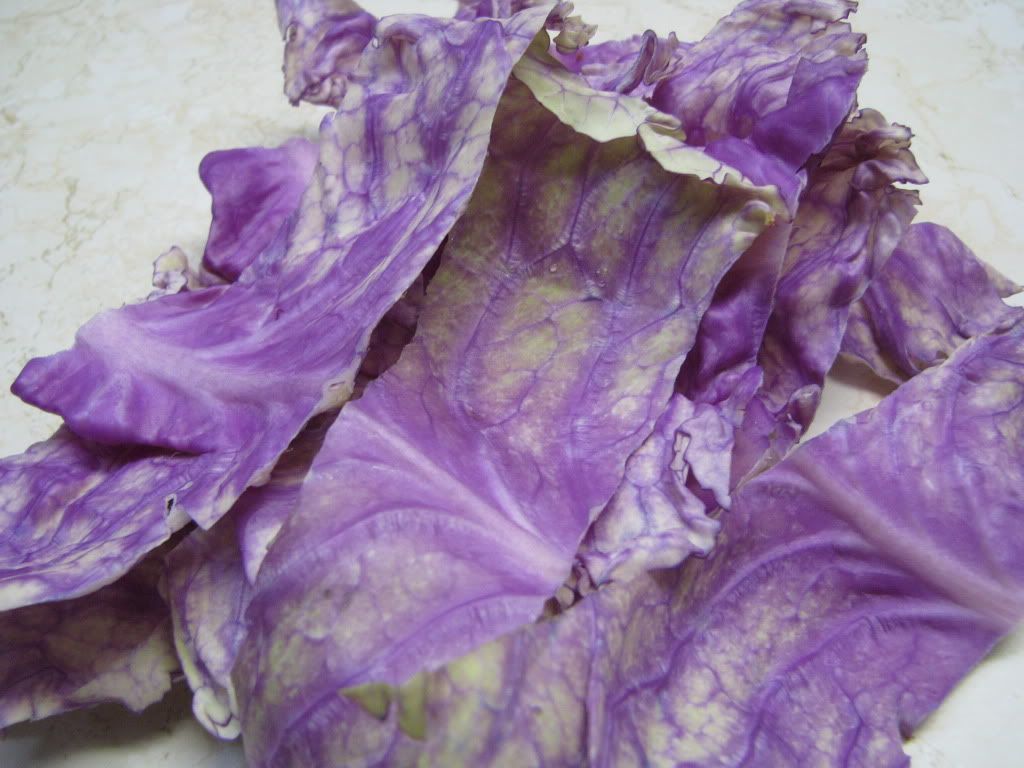
RRMxSM F1: violet splashed leaves.
It looks more like a savoy in cross section to my eye but instead of merely having a slight pink/purple blush in the centre of the head like the San Michele, it is mottled right through with violet splashed leaves. Even the taste is right between the two parents being sweeter and nuttier than the savoy but still a bit more 'green' than the red.
The F1s (first generation of a cross between two varieties) seem quite uniform so far from the reports back I've heard from the seed I sent out. Assuming these babies survive the winter - I'm testing them for winter hardiness** with nothing but leaf mulch and snow - then I'll let the bees do their business and we'll if there is more variation in the F2s. I suspect so and hope for the opportunity to find out!

Overachieving cabbage with multiple, sizeable secondary heads below main head.
Most of my cabbage plenty is still in the garden waiting for a later, big harvest before the real cold and snow sets in. It leaves me with a question for a future post: How to preserve all that cabbage? Here are a few suggestions but I am open to more:
* Store in cold cellar with intact roots.
* Cut in wedges and freeze for cooked dishes.
* Freeze whole for use as a wrappers for cabbage rolls OR make cabbage rolls and freeze them.
* Freezer slaw
* Dry - interesting
* Saurekraut
* Kimchi - Extreme Gardener (link at end) has a lovely looking jar with apples
* Otherwise pickle
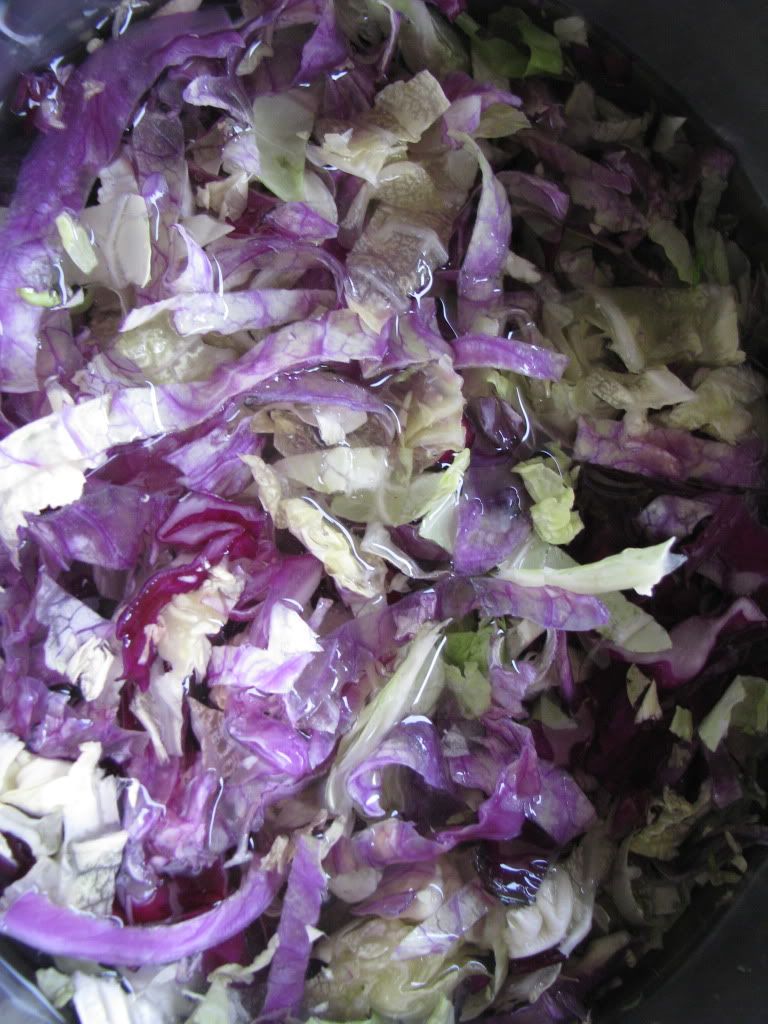
Rainbow cabbage in a pot.
Easy Cabbage Breeding
You may have noticed that I'm the kind of gardener that likes techniques that create maximum success for minimum effort. As a rule of thumb, this involves working with nature.
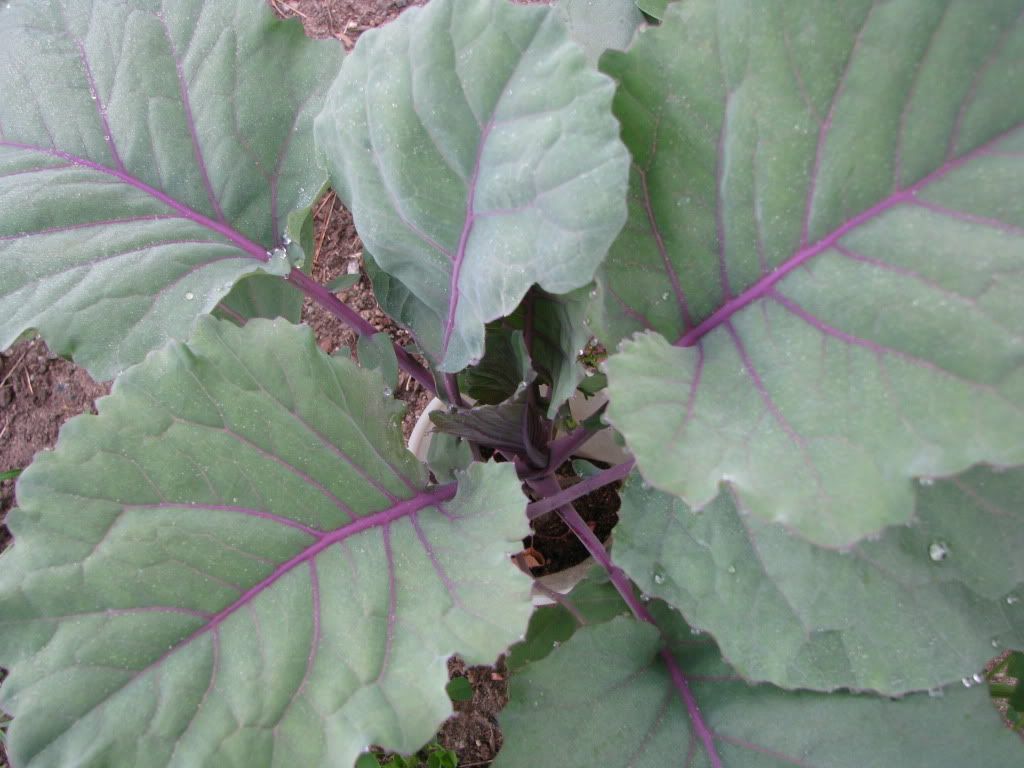
Baby cabbage cross in spring.
Case in point: last spring, a row of undersized Red Rock Mammoths and one beautiful San Michele cabbage breezed through the winter. As Brassica oleracea is an outbreeder and most varieties are reputed to be self incompatible - rejects its own pollen - I figured the pods on the single San Michele might well be crossed. At the end of the season and some close calls with people snapping off flowerheads... I got a small amount of cabbage seeds from the San Michele and a good amount of seed from the Red Rocks. I gave away a bunch of the seed around and started some myself.

The parents as plants: Greener one is San Michele, more purple is Red Rock Mammoth. If you are curious, those flowerheads draping over them are from a kind of chinese cabbage.
Turns out the bees and the cabbage cooperated. So if you have a hankering to try it yourself, you know the parents. I'd love to hear from someone who tries it!
***
* Yes, I wrote this Sunday night. Monday morning I'm going to the tree nursery day for fall sales!!
** A note on winter hardiness and cabbages. I find that heads of cabbages tend to turn to mush in the spring but often small heads, roots and stems make it through sprouting new leaves and flower heads. I've started to cut off big heads but leave the rest in the ground in hopes of getting seed. I might try to take some cuttings of the cross to overwinter in the cellar. Not sure yet because my interest really is in producing cabbages that you can save seed from in our northern location. For those of you that hadn't contemplated it before, cabbage is biennial so the easiest way to save seed would be to have plants that survive in the ground during the cold months. As an outbreeder, you should be saving seed from as large a population as is reasonable. Cabbage seed stores for a while so if you are restricted for space, then just save for one generation. The two cabbages mentioned in the post are both large needing at least 3 feet square but 4 feet would be better to form, in my experience, 2-4lb heads though much larger have been reported.
***
How do I grow Cabbage and other family members?
Saving Cabbage Family Seed
Extreme Gardener (excellent blog) also writes about this cross in Blushing Cabbages

